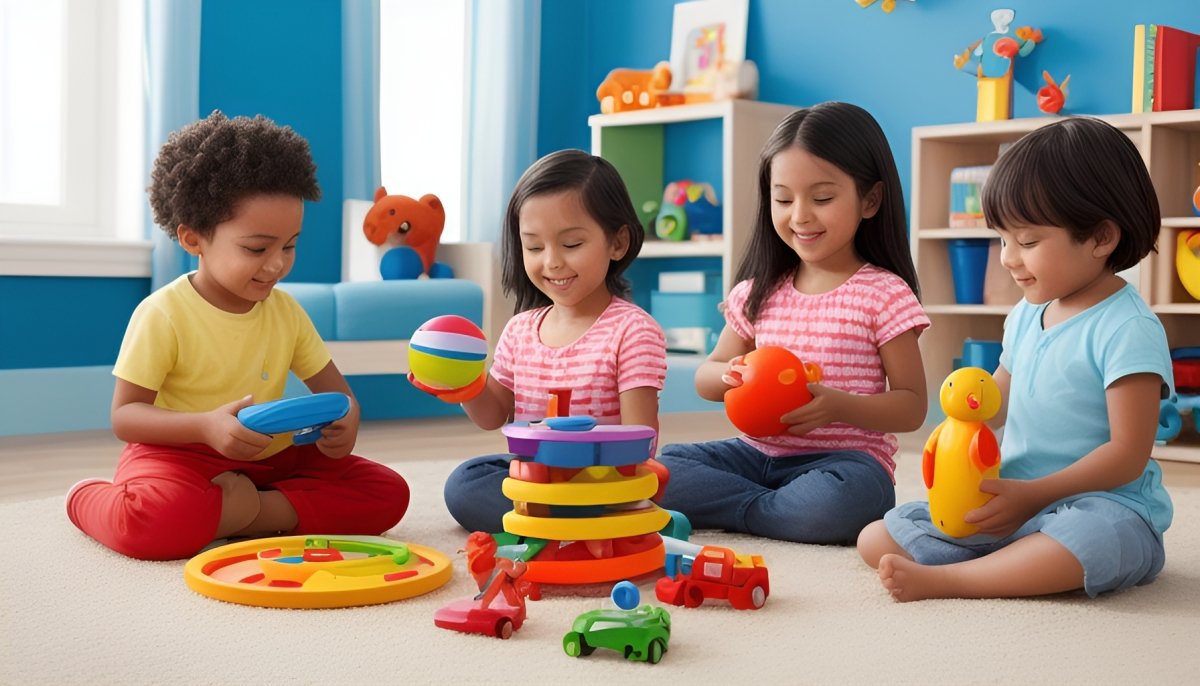
Photo byAlexas_Fotos onPixabay
Toys are not just objects that children play with; they are products of a fascinating and complex manufacturing process. Creating toys that are safe, fun, and of high quality requires meticulous attention to detail at every stage of production. In this article, we will take a closer look at the steps involved in toy manufacturing, from market research to design, prototyping, molding, production, and assembly. We will explore the importance of each step and how they contribute to the creation of toys that bring joy and excitement to kids worldwide.
Market Research: Understanding Consumer Demand
Before a toy manufacturing company embarks on creating a new toy, extensive market research is conducted to evaluate consumer demand and identify potential competitors. This research helps in determining the viability of a product idea and setting the right price point. By understanding the market, toy manufacturers can make informed decisions about which toys to produce, minimizing the risk of costly mistakes. For international toy manufacturers like Double E, market research also involves collaborations with toy distributors in different countries or geographical areas, leading to successful ventures like the Ursus-360 remote control tractor model developed in partnership with the Polish toy distributor Ata Swiat Modeli i Zabawek.
Design and Prototyping: Bringing Ideas to Life
The design and prototyping phase is where the creative vision for a toy comes to life. It starts with 3D modeling, allowing designers to create virtual models that can be explored from all angles. Once the 3D toy model is finalized, it’s time for prototype building. Prototypes are working samples of the toy that are used for testing and evaluation. At Double E, this involves assembling different parts of remote control trucks, such as the chassis, wheels, electric board, and body. Rigorous durability and safety tests are conducted to ensure the toy’s functionality, durability, and safety for use by children.
Legal Protection: Preserving Intellectual Property
To protect the interests of both the toy manufacturer and the licensors, the final toy prototype undergoes review by international lawyers for patent and copyright protection. This step ensures that the toy does not infringe on any existing patents or trademarks. Toy licensing agreements are also checked by lawyers to ensure their fairness and legality. Successful toy license approval requires adherence to quality standards and safety requirements set by the licensor. Double E Toys collaborates with renowned automotive brands like Mercedes-Benz, Land Rover, JCB, and Jeep to bring licensed remote control trucks and cars to the market.
Mold Production: Creating Quality Toys at Scale
Injection molding is a popular method used in toy manufacturing due to its efficiency and cost-effectiveness. The process begins with the creation of a 3D mold by skilled design engineers. A testing mold sample is made to assess the quality and dimensions of the toy component. Molding parts are typically made from aluminum, steel, or alloy. Double E has a dedicated mold production department with a team of professional mold engineers and production machines capable of producing 10 new molds every month. This capacity allows them to keep up with the latest trends in the toy industry.
Packaging Design: Protecting Toys and Attracting Attention
Designing toy packaging is a challenging task that requires considering various factors such as material, function, size, and messaging. Toy packaging materials should be durable, safe for children, and environmentally friendly. The packaging should protect the toy during transportation and stacking, while also allowing for reusability. Balancing transportation costs with attractive appeal is crucial, as the packaging size should be suitable for shipping while still appealing to kids. Bright colors and appealing images on toy packaging play a significant role in attracting the attention of parents and children.
Production Phase: Turning Components into Toys
The production phase involves the actual manufacturing of toy parts and the assembly of the final product. Selecting high-quality ABS plastic materials is essential to ensure the durability and safety of the toys. ABS pellets are dried and then heated until they become liquid, which is then injected into a mold to take on the desired shape. The mold is opened, and the perfectly formed toy part is ejected. Assembly lines follow tested instructions to ensure proper assembly, and strict quality checks are performed to meet safety standards and eliminate defects. The assembled toys are then securely packed in appropriate boxes with manuals and instructions.
Conclusion
The process of toy manufacturing is a fascinating journey that involves market research, design, prototyping, mold production, packaging design, and production. Each step plays a vital role in creating toys that meet the highest standards of safety, quality, and innovation. Becoming a beloved brand for children and parents alike.




